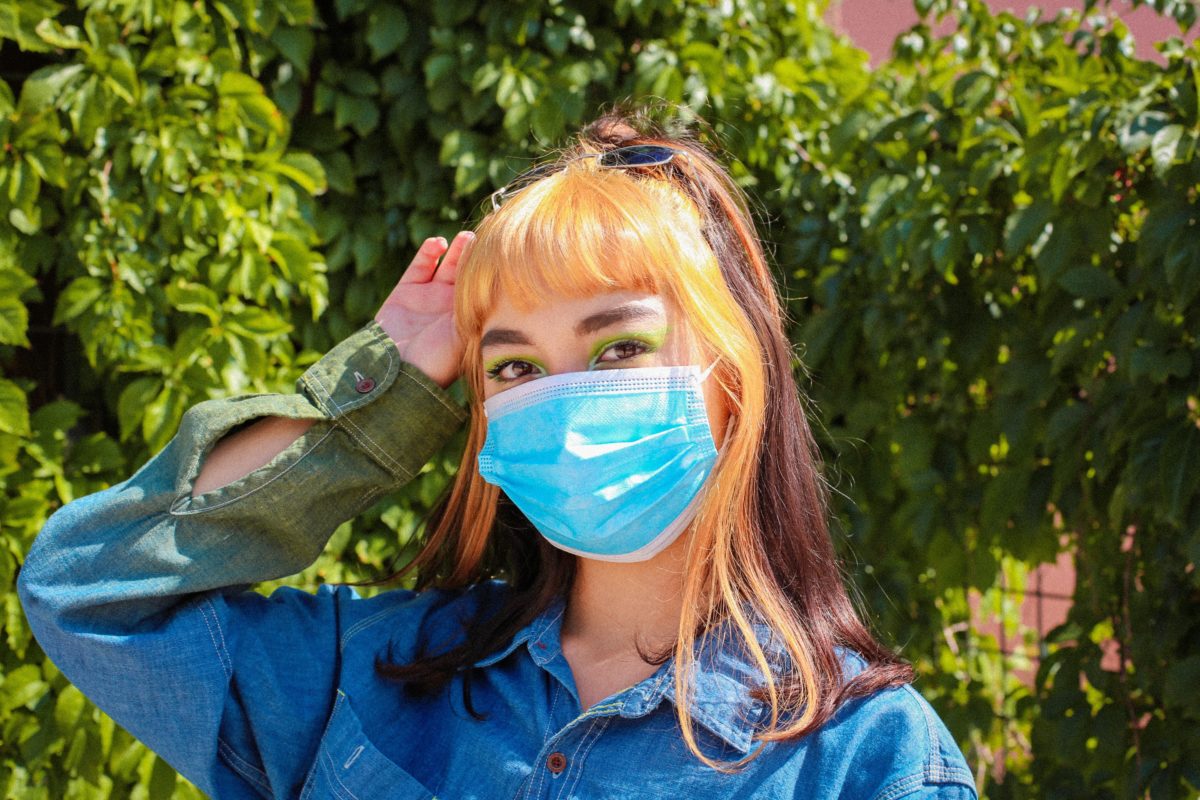COVID-19 has changed daily life in every way possible, including the fashion industry. People’s fashion focus turned from trends to comfort, as masks went from a fashion accessory to a health necessity.

“Fashion is not for the self; it is to enhance the self in others’ presence,” said Frédéric F. Brunel, Associate Dean Undergraduate program and Associate Professor of Marketing at Boston University.
“You dress up to impress, tell people who you are, communicate something about yourself to others, and 2020 has been a year where people have not spent time with others” said, Brunel.
He added, “Suddenly, fashion became much less of a need because people don’t have any occasions anymore.”

As the world is facing unified isolation, retailers are encouraging customers to shop online to reduce the spread of the pandemic. But as people are forced to stay at home, many are facing the financial burden of layoffs or childcare responsibilities, which puts shopping as less of a priority than it used to be.
“In the U.S, some statistics suggest that 25 per cent, one and four small businesses could close. That dramatically impacts the variety of boutiques and small businesses that may not have the financial strength to survive during the Pandemic,” said Brunel.
However, some strategies may help the industry to survive. Digitalization, mergers and acquisitions, collaboration, brand for purpose, and service as a product are five survival strategies for fashion businesses during the outbreak.
Brunel said, “They need to have a better direction for the consumer through social media and generate sales this way so the big brands can develop this type of strategy and help them. Some brands had already embraced and adapted to the pandemic and have started manufacturing the face masks earlier when it was in shortage”.
COVID-19 has changed the world. The fashion and shopping industry must adapt, embrace the change, and develop strategies to survive.
